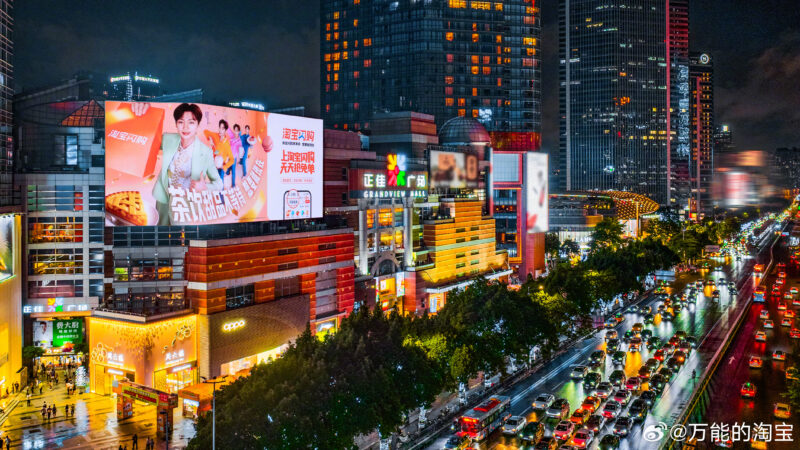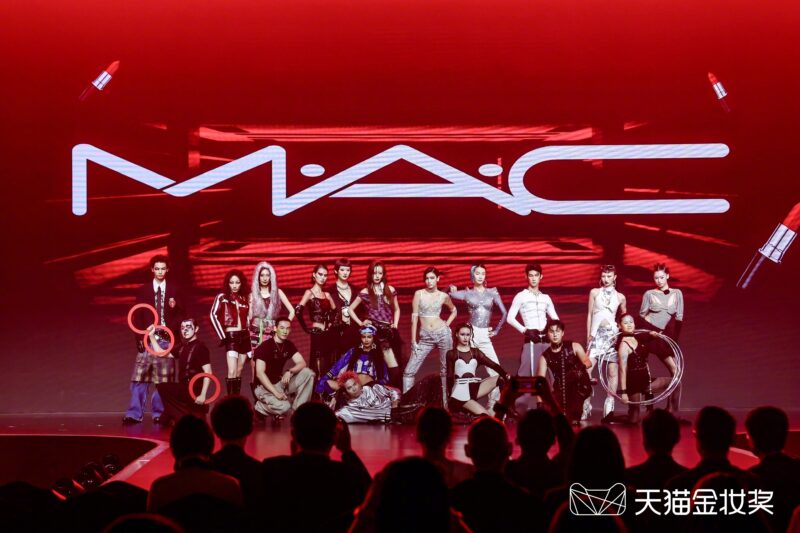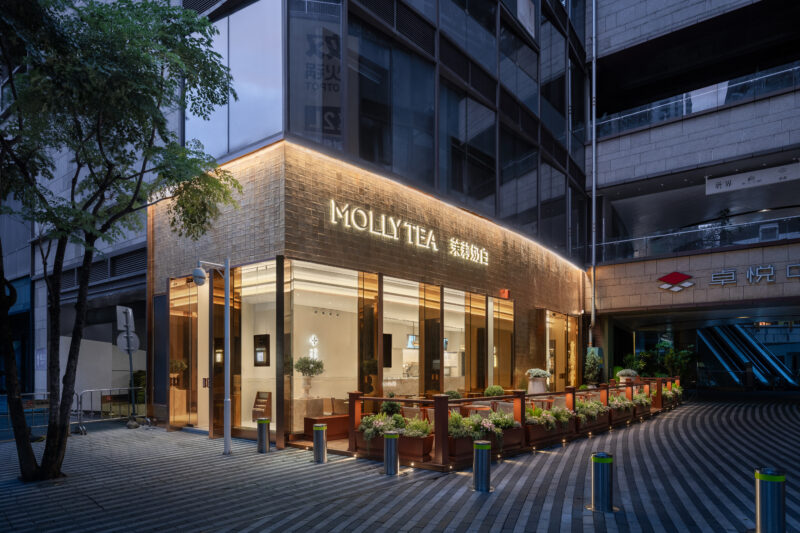Rednote, or as it’s known in China, Xiaohongshu (小红书) has just launched the third annual Rednote Street Life Festival (小红书马路生活节). The festival is an offline event that blends shopping opportunities with street walks, markets, art installations, food and influencer participation. It’s something of a hit. Last year’s Shanghai iteration drew in about 600,000 attendees. Businesses local to the event saw a 20-30% increase in weekday sales as a result of the festival.
This year, Street Life Festival opens in three locations, Shanghai, Guangzhou and Hangzhou, with even more scale and the introduction of a Rednote Card (小红书卡) that offers discounts at local businesses, incentivising further engagement.
Street Life Festival brings Rednote’s online lifestyle community into the real world by turning online, user-driven discovery into street-level experiences. It’s a cost-effective way of pushing engagement and creates a neat feedback loop that’s smart in all sorts of ways. Here’s why:
Rednote: Screen life to street life



Rednote are keen to build their offline presence. Doing so is the natural extension of their role as a place of lifestyle discovery. Users flock to Rednote to hunt out the latest on-trend café or quaint bookshop, discover new brands and neighbourhoods, but without real-world activation there’s the risk the inspiration dries up.
Street Life Festival closes that loop, turning digital recommendations into tangible experiences that users can engage with directly. It also positions Rednote to compete in China’s lucrative local-life economy, where rivals like Meituan and Douyin are aggressively driving offline consumption.
The rise in popularity of shopping festivals can be, in part, attributed to consumer apathy over online life and endless consumerism. Buying something at a shop or stand highlighted at festivals like Street Life feels a lot more emotionally resonant than tapping ‘buy’ and having a stranger drop it at your door.
By breaking those ever-depressing traps of modern-life, Rednote creates a feedback loop: Users engage offline, then feel incentivised to share online. They also strengthen their image of authentic, community-driven discovery and pave the way for monetisation.
Why Street Life is smart marketing



Street Life Festival is more than a cultural event – it’s a marketing strategy cleverly disguised as a community celebration. At the core of this strategy is a push for long-term brand equity. Rather than one-off campaigns, annual events give Rednote a recurring brand asset that strengthens associations with creativity and taste.
That’s a message that comes through even stronger when Meituan’s big pull is in discounts and Douyin’s is in entertainment. Being tasteful is something Rednote’s users can be proud of – it’s something you want your friends to know you for, something most consumers would like to project themselves as, something you’d like to share…
To make Street life happen, Rednote partners with city governments and cultural bureaus, further embedding itself as an institution. Alliances here enhance credibility, but they also open doors to new forms of institutional support and visibility, aiding growth next time around.
More importantly, by building the festival into a recurring cultural IP, Rednote creates a lasting asset with emotional resonance. All this generates masses of online engagement. You can think of it as Rednote lighting a match that starts a blaze. With the opening of the festival, they set their own platform alight with engagement, and again, not just any engagement, but a meaningful kind. At the very least this is a highly cost-effective strategy. At best it’s marketing magic.









